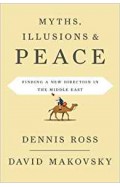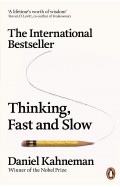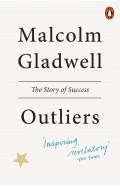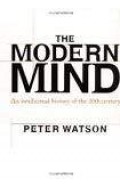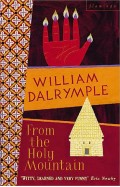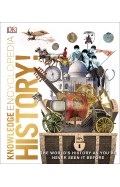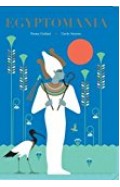- Home
- Book Bazaar Upto 80% Off
- Thinking Big: How the Evolution of Social Life Shaped the Human Mind - Paperback
Thinking Big: How the Evolution of Social Life Shaped the Human Mind - Paperback
By: John Gowlett
-
Rs 1,686.75
- Rs 2,595.00
- 35%
You save Rs 908.25.
Due to constant currency fluctuation, prices are subject to change with or without notice.
When and how did the brains of our hominin ancestors become human minds? When and why did our capacity for language or art, music and dance evolve? It is the contention of this pathbreaking and provocative book that it was the need for early humans to live in ever-larger social groups, and to maintain social relations over ever-greater distances the ability to think big that drove the enlargement of the human brain and the development of the human mind. This social brain hypothesis , put forward by evolutionary psychologists such as Robin Dunbar, one of the authors of this book, can be tested against archaeological and fossil evidence, as archaeologists Clive Gamble and John Gowlett show in the second part of Thinking Big. Along the way, the three authors touch on subjects as diverse and diverting as the switch from finger-tip grooming to vocal grooming or the crucial importance of making fire for the lengthening of the social day. As this remarkable book shows, it seems we still inhabit social worlds that originated deep in our evolutionary past by the fireside, in the hunt and on the grasslands of Africa.
Table of Contents
Preface 1. Psychology Meets Archaeology 2. What It Means to Be Social 3. Ancient Social Lives 4. Ancestors With Small Brains 5. Building the Human Niche: Three Crucial Skills 6. Ancestors with Large Brains 7. Living in Big Societies
When and how did the brains of our hominin ancestors become human minds? When and why did our capacity for language or art, music and dance evolve? It is the contention of this pathbreaking and provocative book that it was the need for early humans to live in ever-larger social groups, and to maintain social relations over ever-greater distances the ability to think big that drove the enlargement of the human brain and the development of the human mind. This social brain hypothesis , put forward by evolutionary psychologists such as Robin Dunbar, one of the authors of this book, can be tested against archaeological and fossil evidence, as archaeologists Clive Gamble and John Gowlett show in the second part of Thinking Big. Along the way, the three authors touch on subjects as diverse and diverting as the switch from finger-tip grooming to vocal grooming or the crucial importance of making fire for the lengthening of the social day. As this remarkable book shows, it seems we still inhabit social worlds that originated deep in our evolutionary past by the fireside, in the hunt and on the grasslands of Africa.
Table of Contents
Preface 1. Psychology Meets Archaeology 2. What It Means to Be Social 3. Ancient Social Lives 4. Ancestors With Small Brains 5. Building the Human Niche: Three Crucial Skills 6. Ancestors with Large Brains 7. Living in Big Societies
Thinking Big: How the Evolution of Social Life Shaped the Human Mind - Paperback
By: John Gowlett
Rs 1,686.75 Rs 2,595.00 Ex Tax :Rs 1,686.75
Zubin Mehta: A Musical Journey (An Authorized Biography)
By: VOID - Bakhtiar K. Dadabhoy
Rs 472.50 Rs 1,050.00 Ex Tax :Rs 472.50
Myths Illusions and Peace: Finding a New Direction for America in the Middle East
By: Dennis Ross
Rs 985.50 Rs 1,095.00 Ex Tax :Rs 985.50
Paradise Beneath Her Feet: How Women Are Transforming the Middle East Council on Foreign Relations Book
By: Isobel Coleman
Rs 225.00 Rs 500.00 Ex Tax :Rs 225.00
Guns Germs And Steel A Short History Of Everybody For The Last 13000 Years
By: Jared Diamond
Rs 2,785.50 Rs 3,095.00 Ex Tax :Rs 2,785.50
The Modern Mind An Intellectual History of the 20th Century
By: Peter Watson
Rs 3,775.50 Rs 4,195.00 Ex Tax :Rs 3,775.50
From The Holy Mountain A Journey In The Shadow Of Byzantium
By: William Dalrymple
Rs 2,425.50 Rs 2,695.00 Ex Tax :Rs 2,425.50
Knowledge Encyclopedia History!: The Past as You've Never Seen it Before
By: DK
Rs 4,495.50 Rs 4,995.00 Ex Tax :Rs 4,495.50
Myths Illusions and Peace: Finding a New Direction for America in the Middle East
By: Dennis Ross
Rs 985.50 Rs 1,095.00 Ex Tax :Rs 985.50
Paradise Beneath Her Feet: How Women Are Transforming the Middle East Council on Foreign Relations Book
By: Isobel Coleman
Rs 225.00 Rs 500.00 Ex Tax :Rs 225.00
No recently viewed books available at the moment.
Zubin Mehta: A Musical Journey (An Authorized Biography)
By: VOID - Bakhtiar K. Dadabhoy
Rs 472.50 Rs 1,050.00 Ex Tax :Rs 472.50
Thinking Big: How the Evolution of Social Life Shaped the Human Mind - Paperback
By: John Gowlett
Rs 1,686.75 Rs 2,595.00 Ex Tax :Rs 1,686.75
Myths Illusions and Peace: Finding a New Direction for America in the Middle East
By: Dennis Ross
Rs 985.50 Rs 1,095.00 Ex Tax :Rs 985.50
Paradise Beneath Her Feet: How Women Are Transforming the Middle East Council on Foreign Relations Book
By: Isobel Coleman
Rs 225.00 Rs 500.00 Ex Tax :Rs 225.00












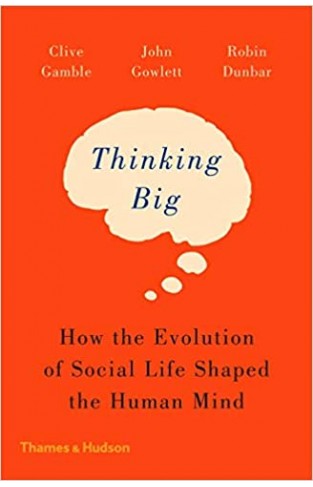
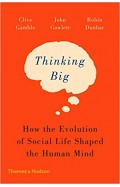
-120x187.jpg?q6)





